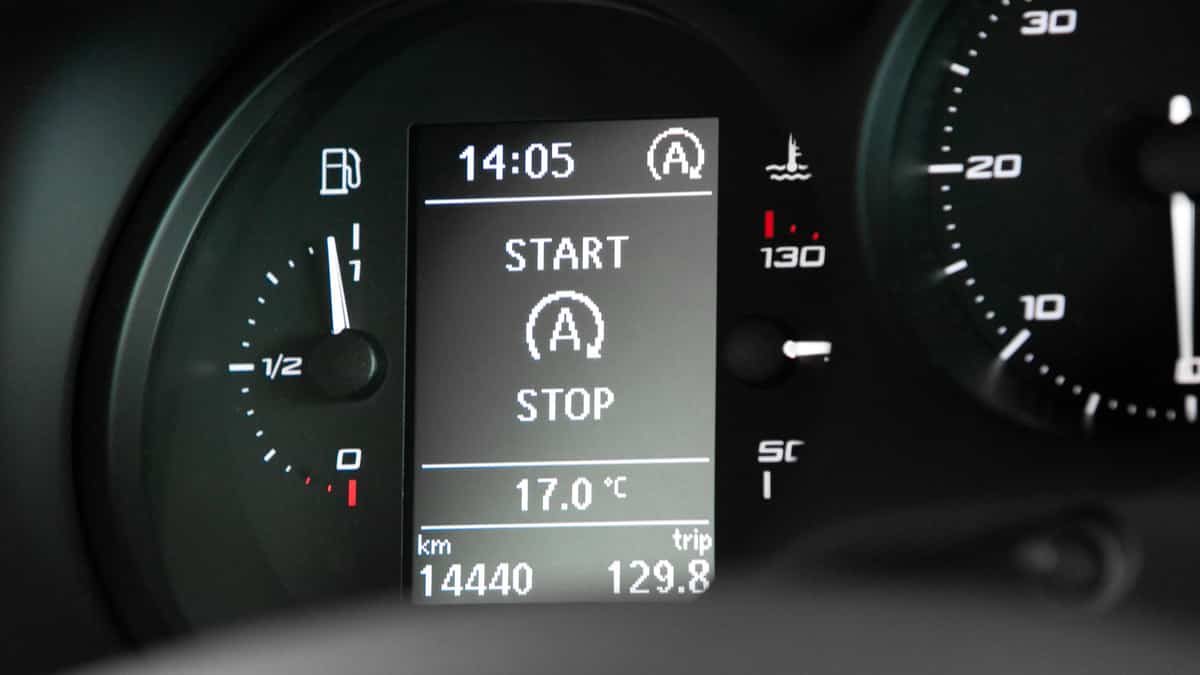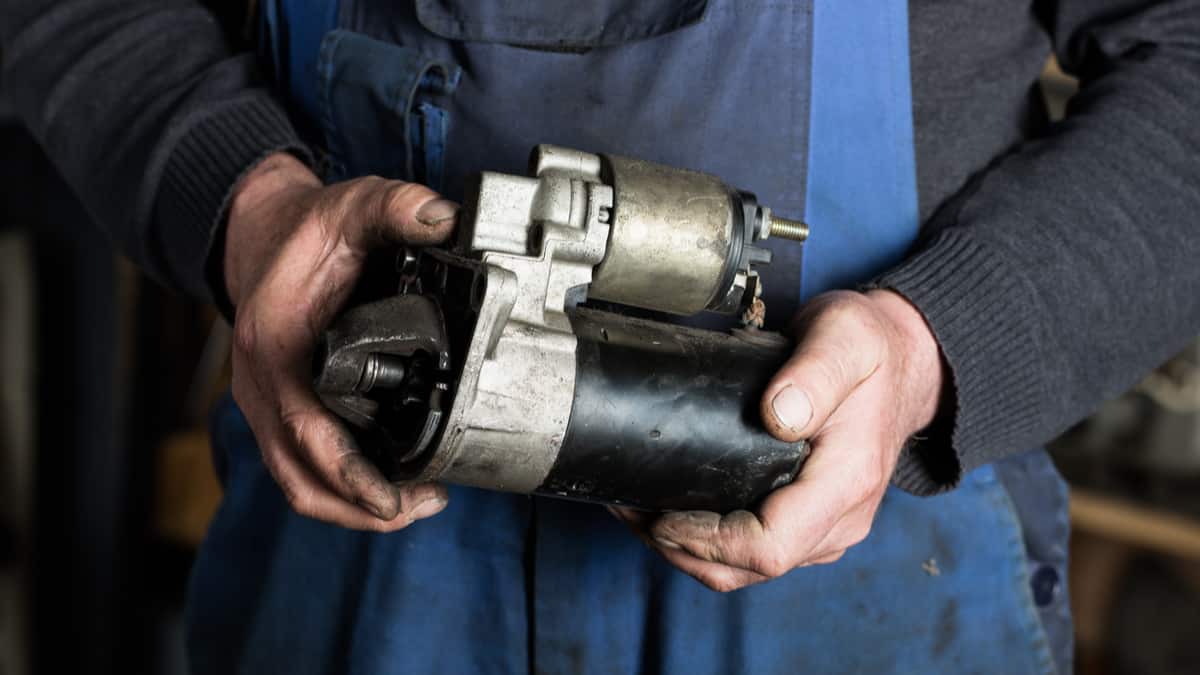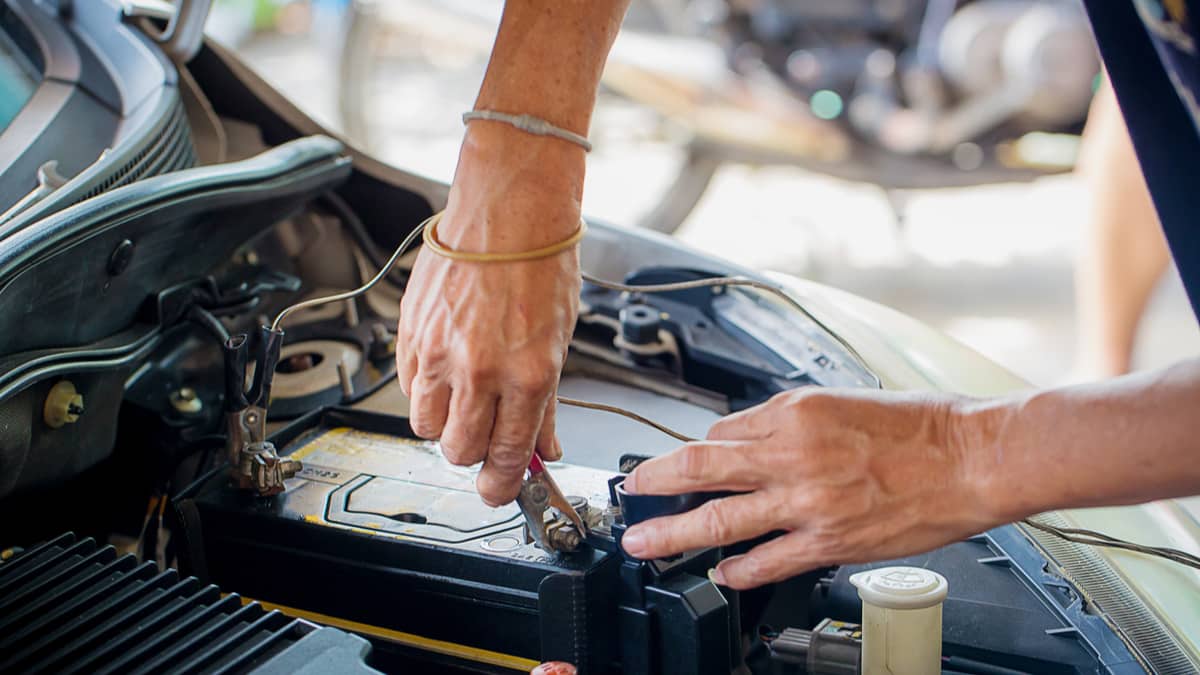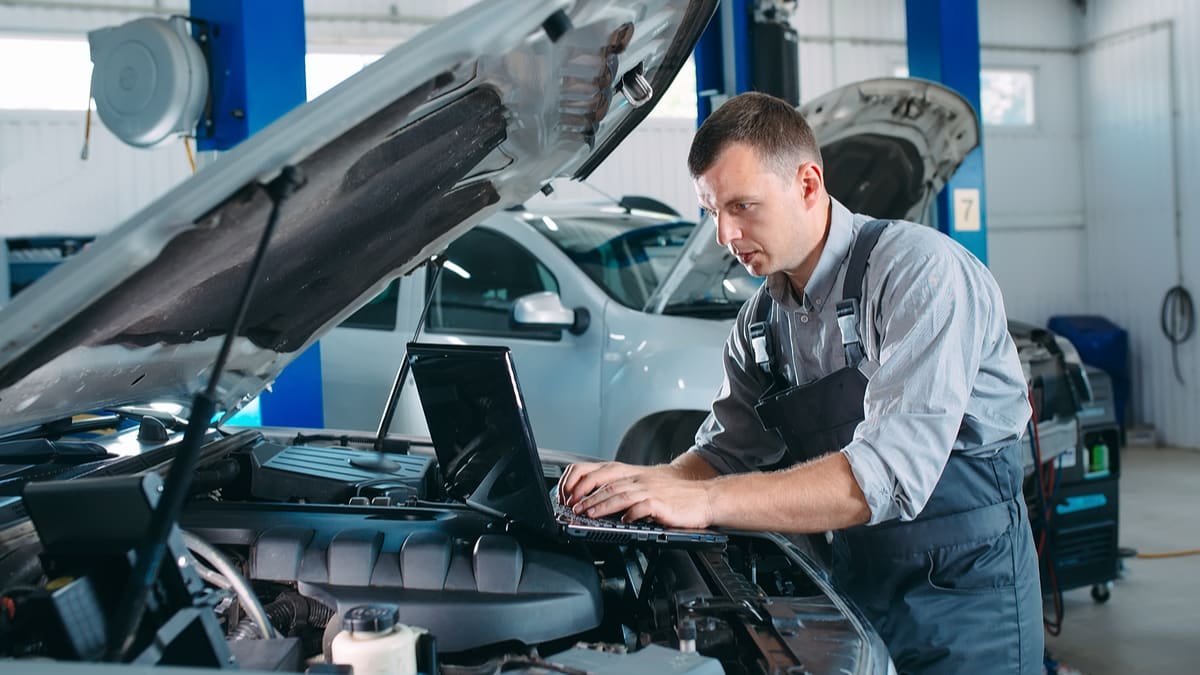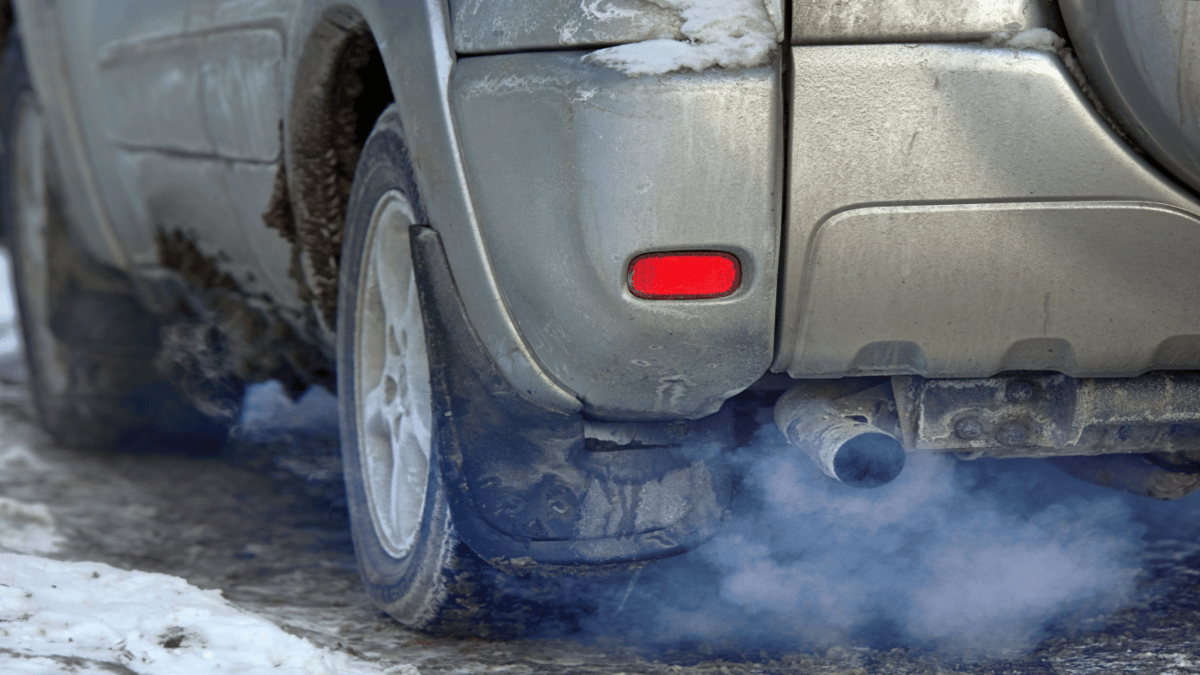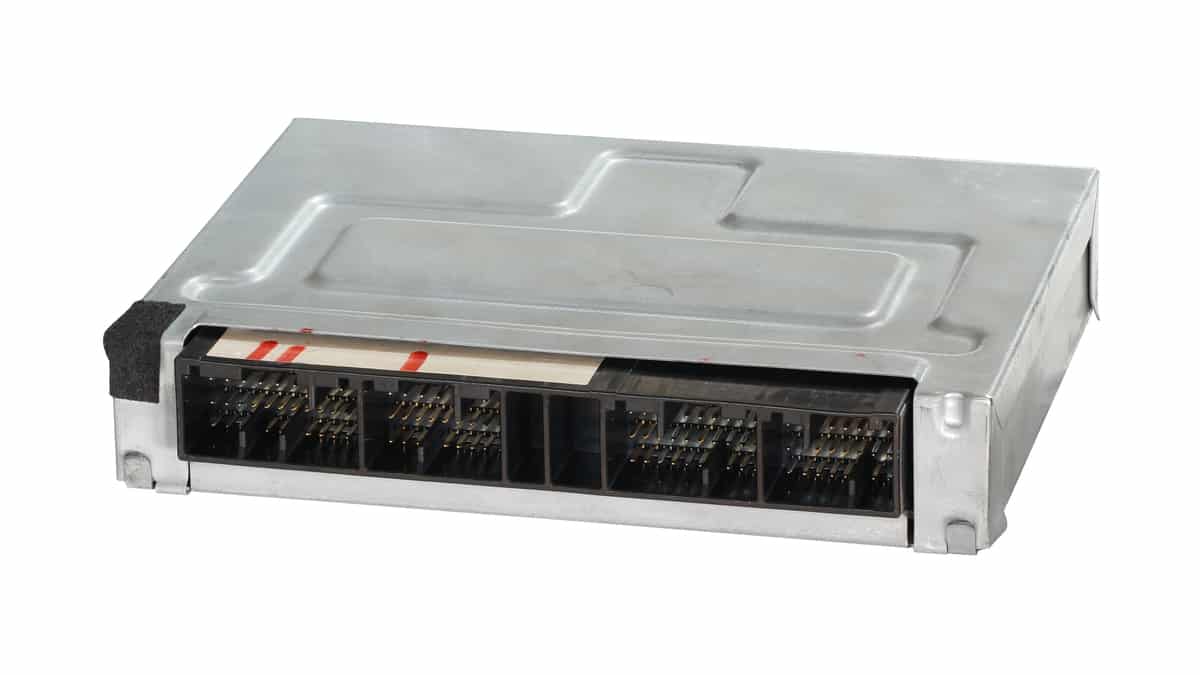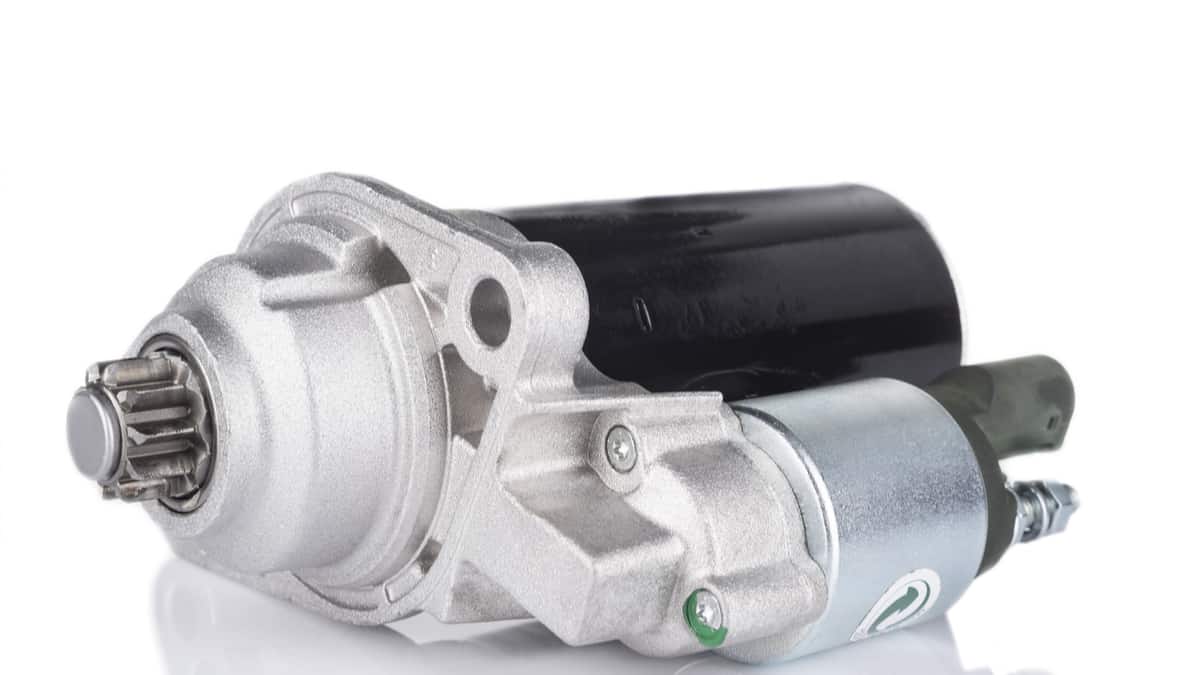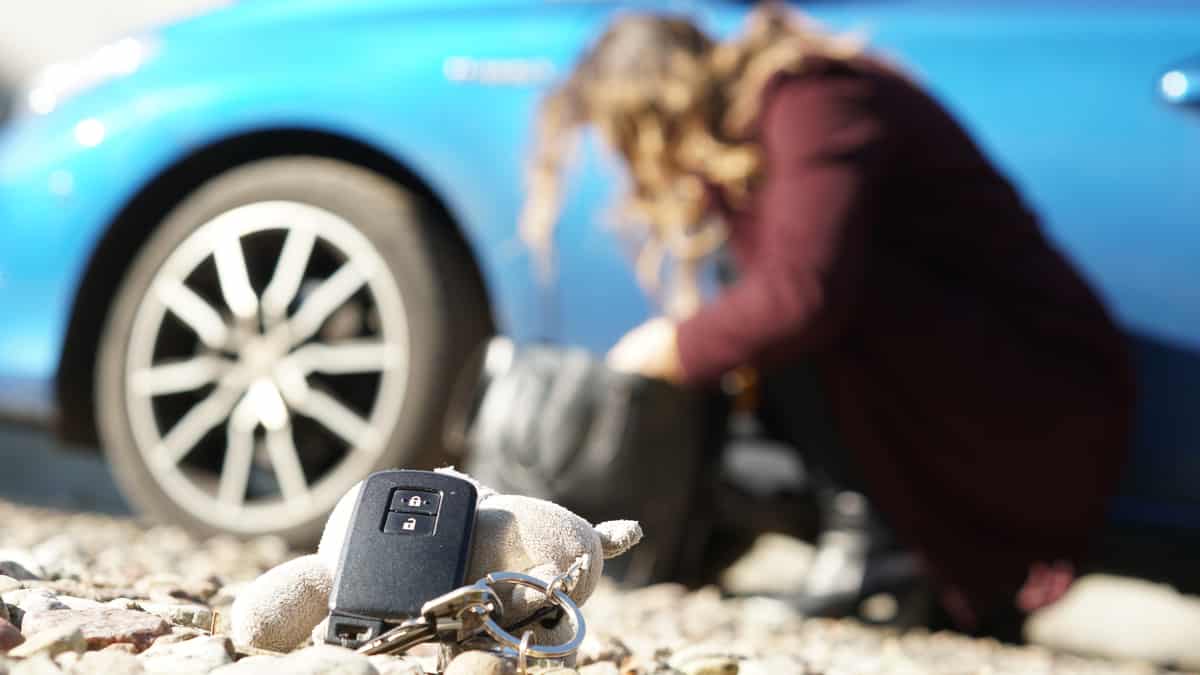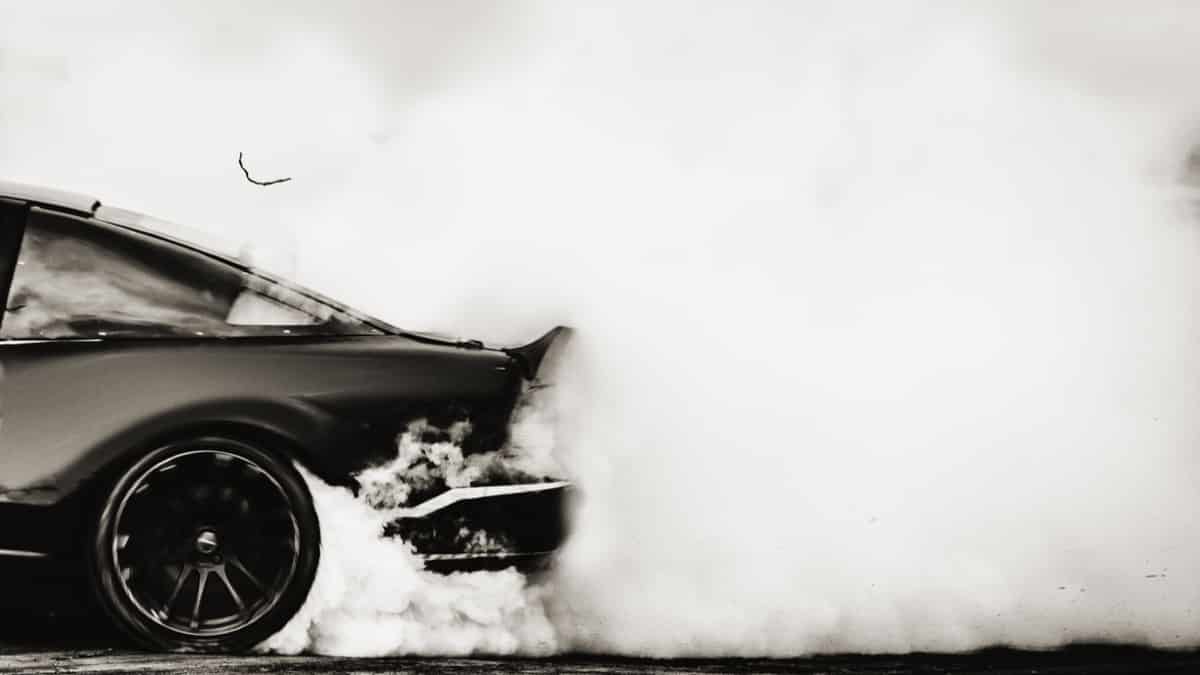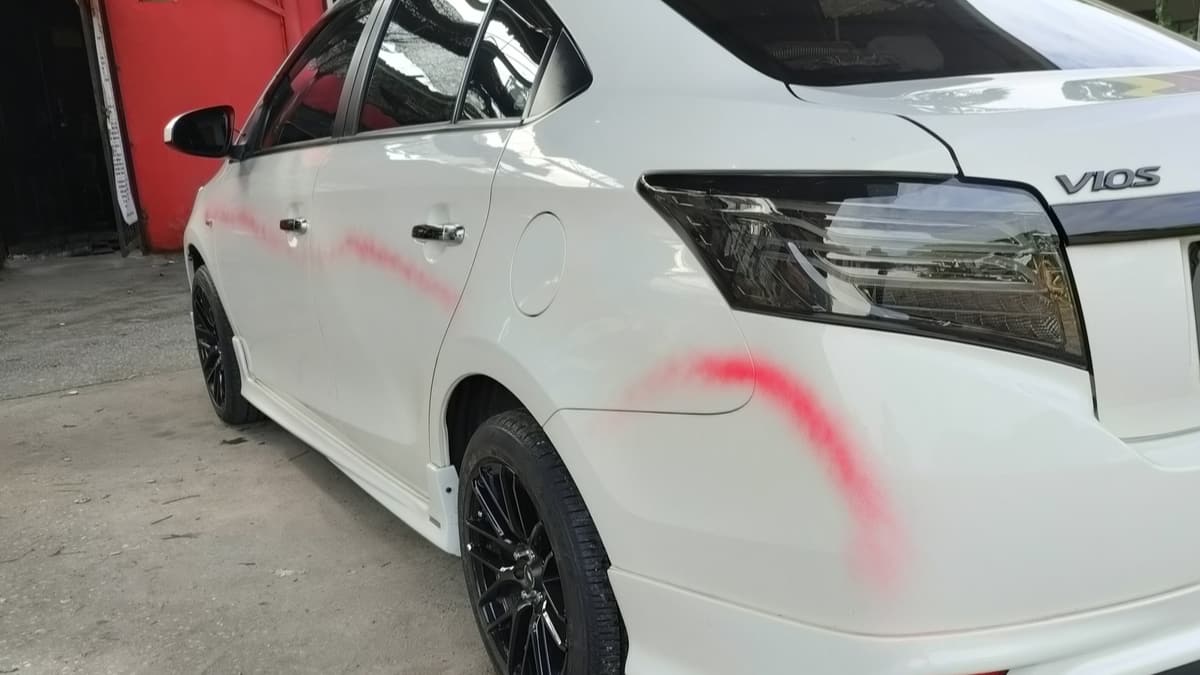Trouble starting the car is everyone’s worst nightmare, especially if you are stuck somewhere you don’t want to be. With a bad starter, you might find yourself unable to get the engine running. However, you can also learn how to start a car with a bad starter to get you back on the road.
I review all of the options to get your starter working again. Many of them only take a few minutes to perform, and require minimal mechanical experience.
When the car doesn’t start, everyone assumes it’s the fault of the battery, but the starter can also be to blame. With a bad starter, you won’t be able to start the vehicle, even with a fully-charged battery.
THESE STEPS SHOULD BE DONE CAREFULLY! Always raise the driving wheels into the air and ensure the car is in neutral to prevent accidents. You should also stay far away from any moving engine parts! Use this guide at your own risk!
RELATED: Starter Not Engaging? (How to Diagnose & Fix it)
How to Start a Car with a Bad Starter
1. Inspect the Connections
You should be able to easily tighten the connection on the battery terminals. While you are there, look for corrosion. If there is any, it could be interrupting the power flow. Thankfully, you can clean battery corrosion quickly with a mixture of baking soda and water.
If the battery connection looks good and doesn’t have any corrosion, you want to follow the positive wire. It will split in two, with one wire going to the alternator and the other to the starter. You can shake the wire going to the starter to see if it feels loose. If there’s too much wiggle room, you want to tighten the connection.
2. Look at Engine & Body Grounds
However, there’s always the possibility that a bad engine ground could be contributing to the problem too. It’s wise to inspect both just to be sure.
You should also check the ground between the battery and your car’s body. You can use an external jumper cable between the negative battery terminal and a good grounding point on the engine to ensure the ground is good.
3. Tap the Starter
If the starter has a dead spot between the armature and field coils, a slight bang might move it beyond that spot so it can work again. If you’ve been noticing intermittent problems, this will probably get the engine started again.
You can use a hammer, ratchet extension or pry bar to get the job done. Find the starter on the side of the motor and give it a good tap.
Sadly, this isn’t going to work with all cars. If you have a vehicle with a transverse engine, the starter is going to be in a difficult location. You would often have to get between the firewall and the engine to tap it, as it might be under the intake or over the exhaust manifold. In this case, you might need to move on to another solution.
Be very careful when doing this and ensure the car is in neutral and you are not near any moving parts.
4. Inspect the Solenoid Wire
Look for the tiniest wire on the starter. First, you want to ensure that this connection is free from debris. You can bypass this wire with 12V of current coming from the battery with the help of another small wire. Be warned that there could be a click sound when the jumper wire is connected. Now, try starting the engine again to see if the solenoid is to blame.
5. Jump Start the Car
With that in mind, there have been times when a jump start has worked. The powerful supply of voltage might be enough to overcome that dead spot in the starter. Just don’t get your hopes up, because although it can sometimes work, it doesn’t usually.
6. Bypass the Starter Solenoid
The starter terminal is constantly connected to the positive terminal on the battery, allowing you to bypass the relay with this trick. What you get is 12V of current moving straight to the solenoid, allowing the circuit to close and the car to start.
It is only recommended to do this with the starter on the bench for troubleshooting, because it can be very dangerous! Stay away from any moving parts!
7. Push-Start the Car
Gather some of your friends or family and put them behind your vehicle. Have them push it while you sit in the driver’s seat. Once they get the vehicle moving at about ten mph, you can put the car in gear and try getting it started by letting go of the clutch. When you remove your foot from the pedal, the engine is going to grab the power and turn over. You might need to try this method a few times before you get the hang of it.
However, you will still want to get the starter fixed even though you can get the car moving. Push starting a vehicle can cause additional wear on the drivetrain components. The last thing you want is damage to the clutch, flywheel or transmission.
Bad Starter Replacement Cost
To replace a bad starter, you might spend between $200 and $1,500. The new starter will likely cost $50 to $400, while the labor can run $150 to $1,100. The starter’s location will have a lot to do with how much labor is charged, as some are easy to access while others are complicated.
If you decide to purchase a rebuilt starter, you might save yourself a little bit of money. You can also reduce the cost by learning how to install a starter at home.
RELATED: Symptoms of a Bad Starter (& Replacement Cost)
Additionally, you might need to pay to have your vehicle towed if the starter dies while you are away and you are unable to get it running. That’s why it’s important to get the starter replaced at the first sign of trouble, so you don’t get stranded.
Categories: Engine, Guides, Troubleshooting

